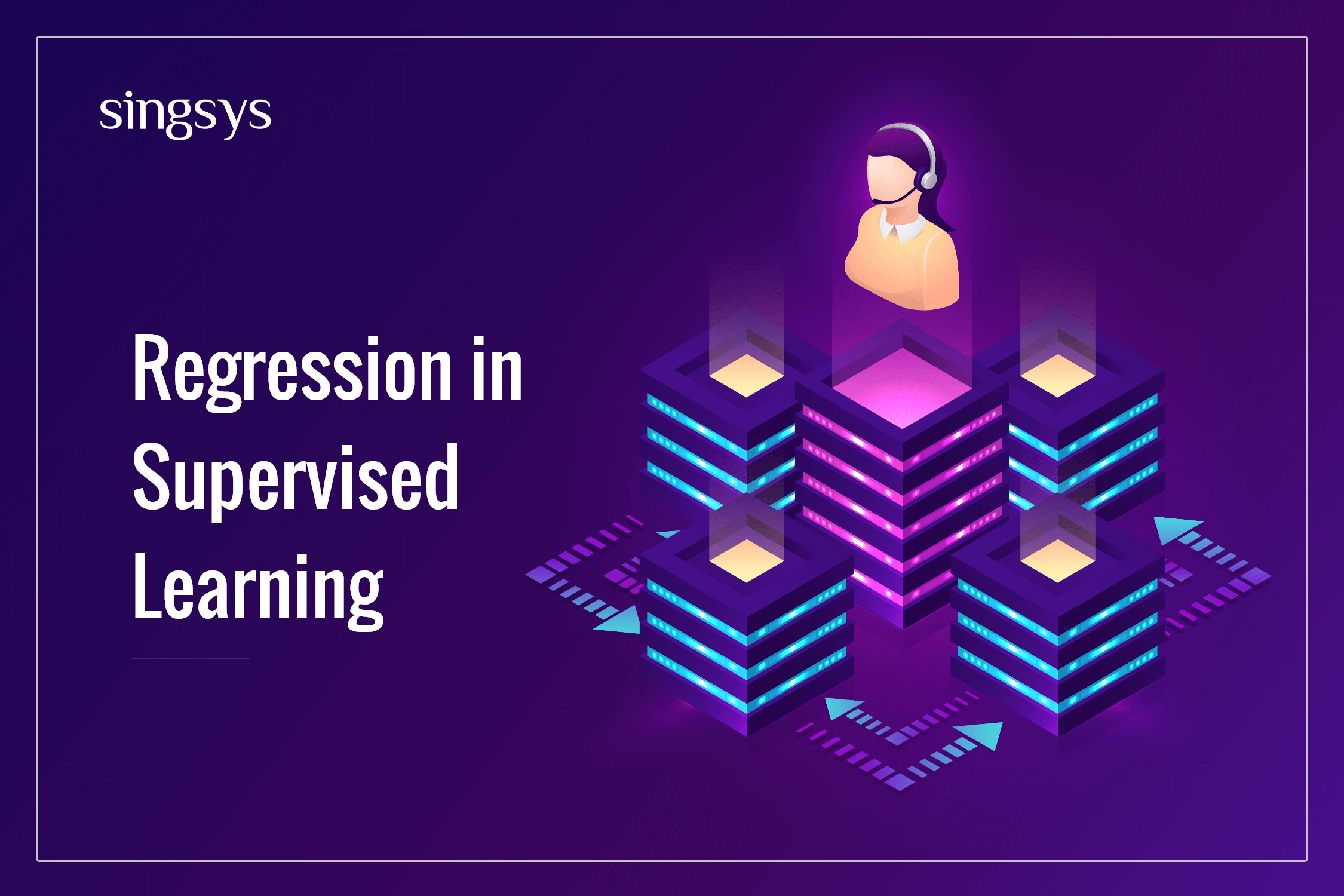
Supervised Learning
Supervised learning is the type of machine learning in which machines are trained using well “labeled” training data, and on basis of that data, machines predict the output.
Supervised learning can be further divided into two types of problems:
- Regression
- Classification
Regression: This technique predicts the output of the continuous numerical value based on training performed using historical training data.
Regression algorithms are used if there is a relationship between the input variable and the output variable. It is used for the prediction of continuous variables, such as Weather forecasting, Market Trends, etc.
Classification: This technique predicts the possible category of the output given a set of input variables. In other words, it is the process of finding a function that helps in dividing the dataset into classes based on different parameters.
Classification algorithms are used when the output variable is categorical, which means there are two classes such as Yes-No, Male-Female, True-false, etc.
Types of Regression
Linear Regression: Regression is about building a mathematical model based on historical data and using the same to project future outcomes. The linear Regression method assumes that output is linearly proportional to each input but the weightage of the contribution of each input may vary.
Polynomial Regression: Polynomial Regression computes the weights for each feature as well as weights for the polynomial of the features. In simple terms, Polynomial Regression is a regression algorithm that models the relationship between a dependent(y) and independent variable(x) as nth degree polynomial.
Exponential Regression: Exponential Regression is a regression in which constants and weights are computed in such a way that the result is the multiple of constants and weights raised to the value of each variable.
Logistic Regression: Logistic regression is another supervised learning algorithm that is used to solve classification problems. In classification problems, we have dependent variables in a binary or discrete format such as 0 or 1. Logistic regression uses a sigmoid function or logistic function which is a complex cost function. This sigmoid function is used to model the data in logistic regression.
Check your understanding:
Sentiment Analysis is an example of:
a)Regression
b)Classification
Related Posts...
Web DesignWebsite developmentWhat is New!What's Hot
May 20th, 2025
Apple has officially released iOS 18.5, marking one of the final updates before the anticipated iOS 19 announcement at WWDC 2025. While this update doesn’t introduce sweeping changes, it brings […]
Read more
Apr 24th, 2025
“In 2025, content remains king, but context is its crown.” With over 1.1 billion websites online today, the battle for user attention has never been fiercer. According to a recent […]
Read more
Apr 22nd, 2025
Have you ever visited a business website and felt either instantly impressed or completely lost? Youare not alone. A website can either be your best asset or your biggest flaw, […]
Read more
